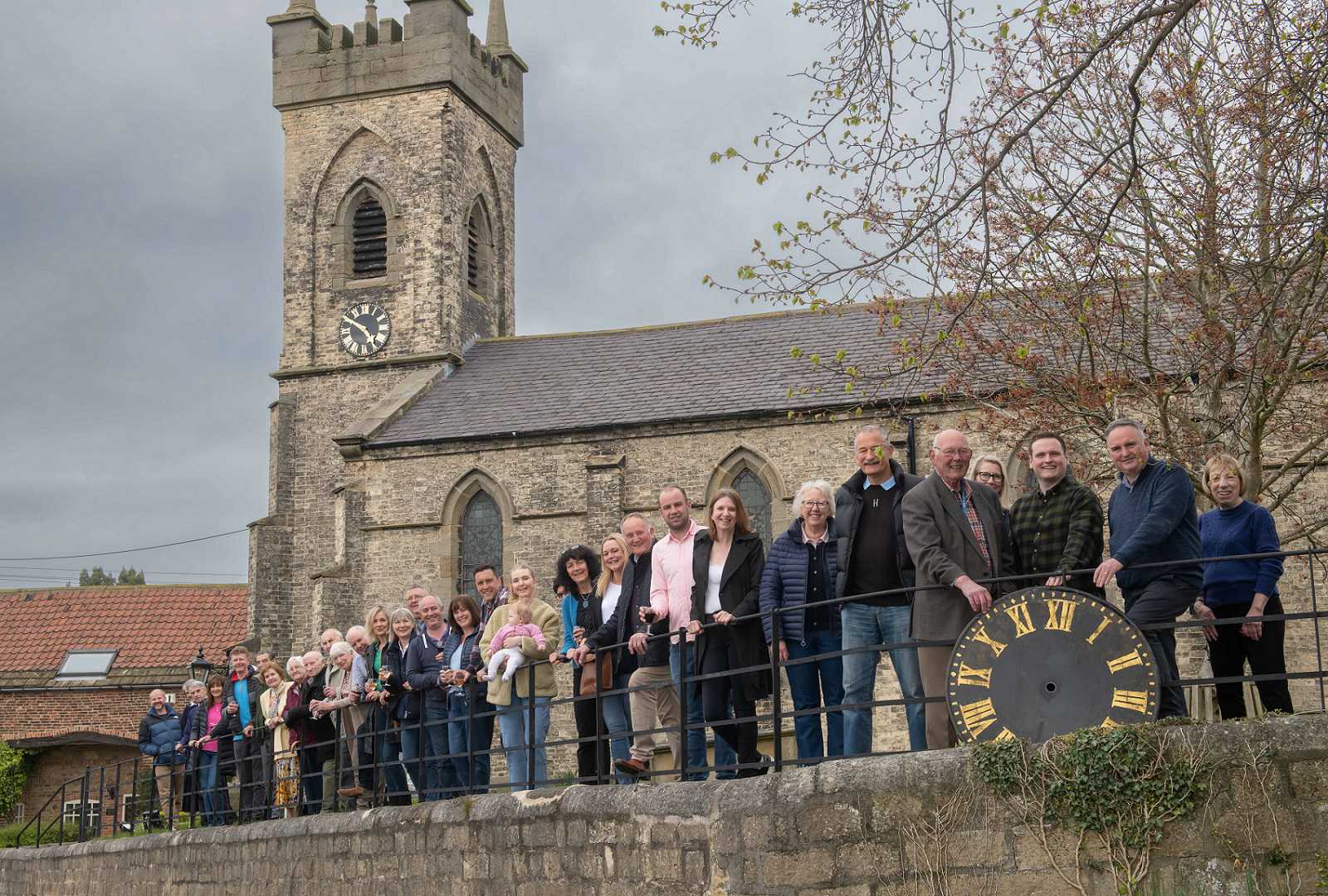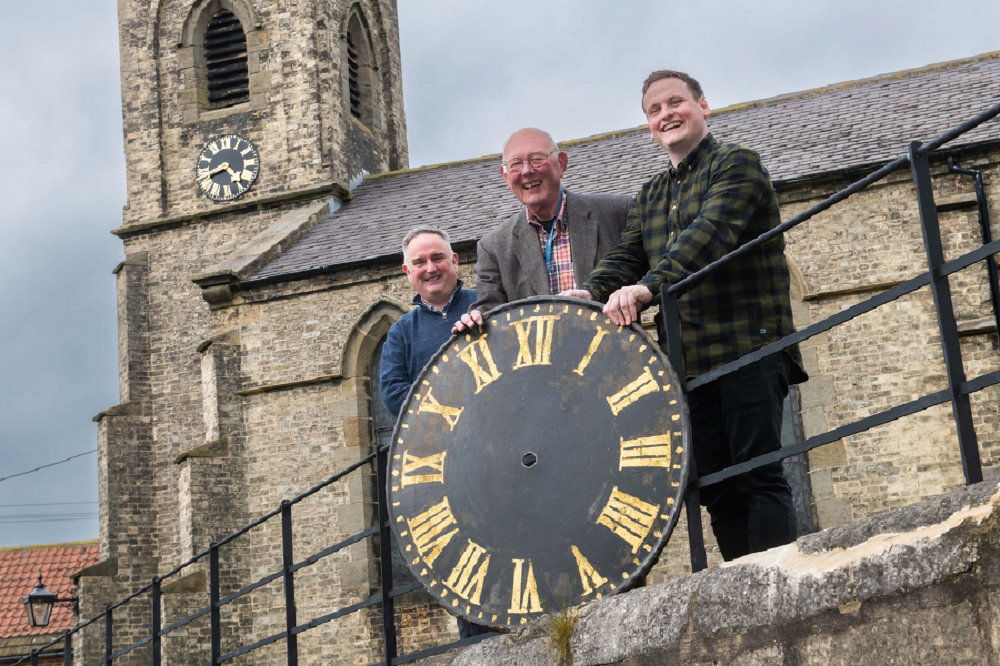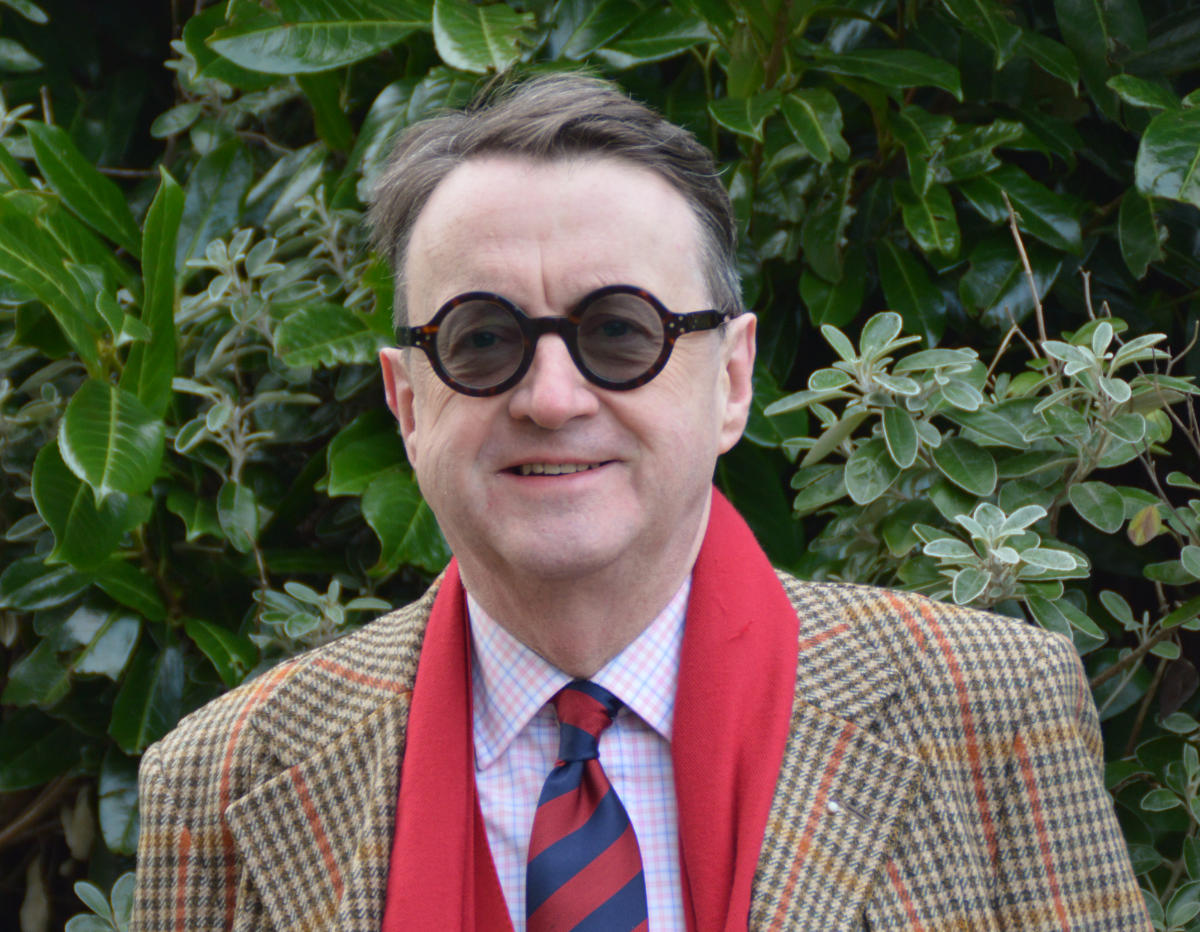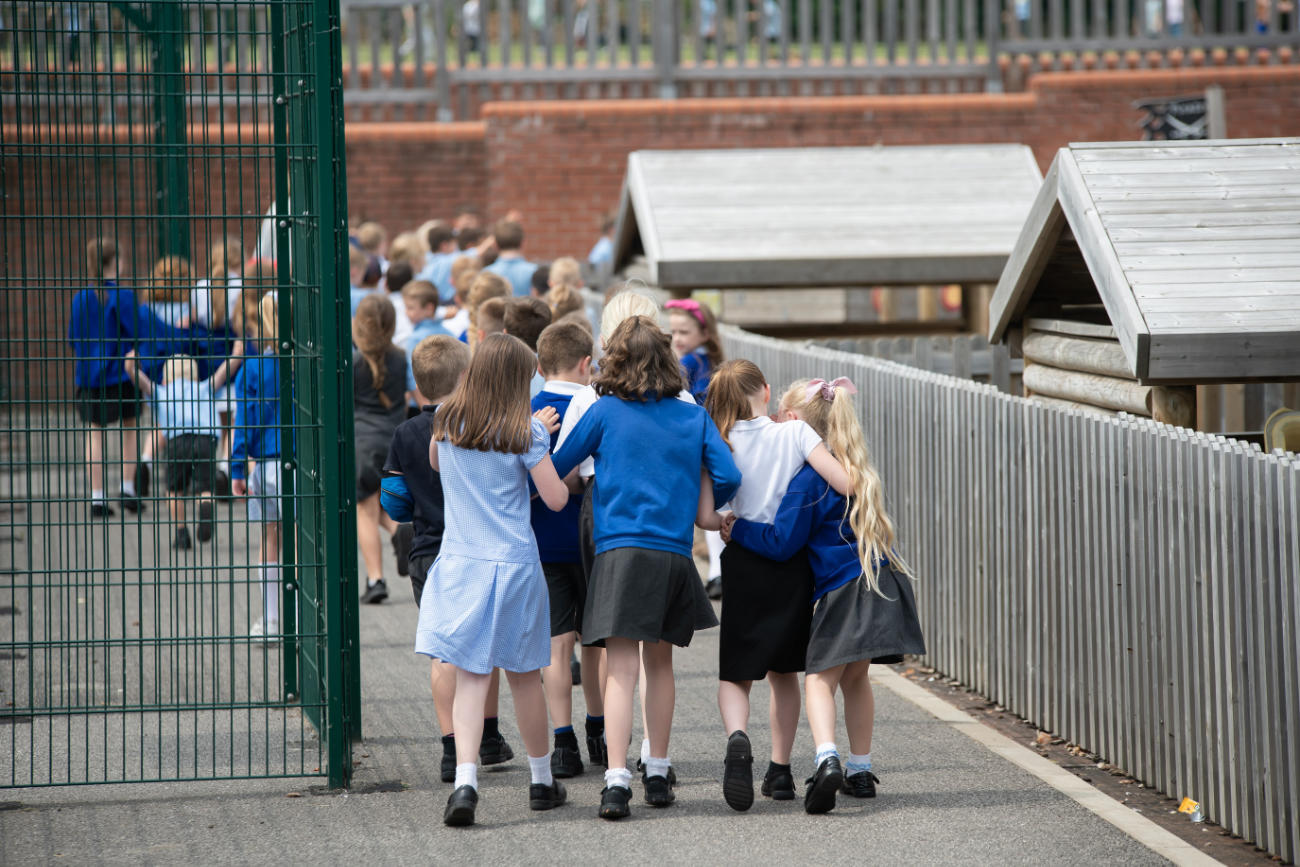Villagers are celebrating the restoration of their much-loved church clock dating from the Victorian era following a £7,000 restoration project.
Last year, residents came together to launch the Platinum Jubilee Clock Restoration Project for St Bartholomew’s Church in Arkendale, near Knaresborough.
A community event has been held to unveil the clock which features gold leaf gilded dials that match the original, and the clock mechanism has been deep-cleaned.
Cllr Robert Windass, who represents the Boroughbridge and Claro division on North Yorkshire Council, was the largest funder with £2,500 from his locality budget.
Cllr Windass said:
I’m delighted to join the community in celebrating the long-awaited unveiling of the church clock. The large-scale project involved making new clock faces to match the original, and the mechanism was overhauled to make sure it will run for many years to come.
It has been a joint effort to pull this off and I’m proud to have contributed some of my locality budget to such a worthwhile cause. By carrying out the restoration we have ensured the clock will remain at the heart of our community.
A significant amount of funding came from local sponsors and donations through a Sponsor a Numeral Campaign, as well as Thalia Waste Management at Allerton Waste Recovery Park, the Church of England’s ChurchCare scheme, the Moto Foundation and Hanson Cement at Allerton Park.

The plaque has been carved by a local charity, Claro Enterprises, based in Harrogate offering support and voluntary work opportunities to adults with mental health conditions. It was made using offcuts donated by the furniture makers, Robert Thompson’s Craftsmen Limited, responsible for creating famous Mouseman furniture in Kilburn.
The warden of St Bartholomew’s Church, Robyn Cox, added: “It’s a new moment in time at St Bartholomew’s where the community came together with support from grant-funding bodies and local businesses to restore the clock dials and mechanism. It was a project we started to celebrate the Platinum Jubilee of our beloved late Queen Elizabeth II.”
A place of worship has stood in the village since the 14th century, although the present building dates from 1836. It was the first church to be consecrated in the then new Diocese of Ripon in January 1837.







